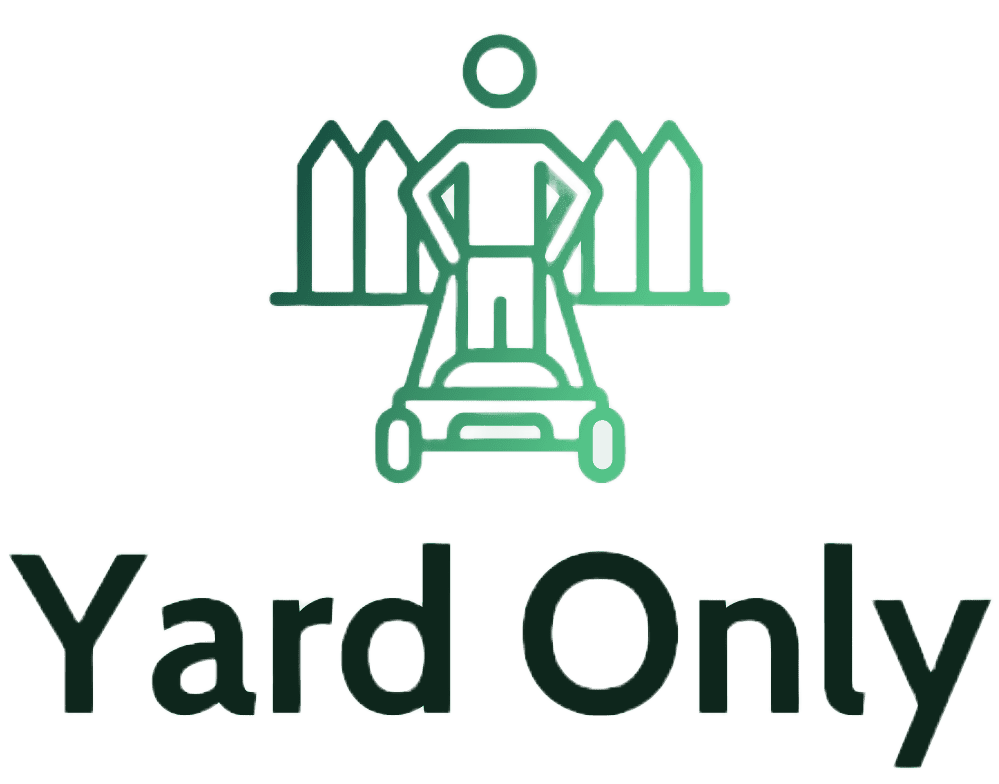Your lawn grass requires fertilizer to grow well, thus lawn care is essential. But, can you walk on grass after fertilizing?
For the fertilizer to work, your lawn grass has to be undisturbed for some time. Ideally, it’s best not to walk on your lawn for 24-72 hours after distributing fertilizer. During this time, kids and pets must not be allowed on the lawn as it can harm them.
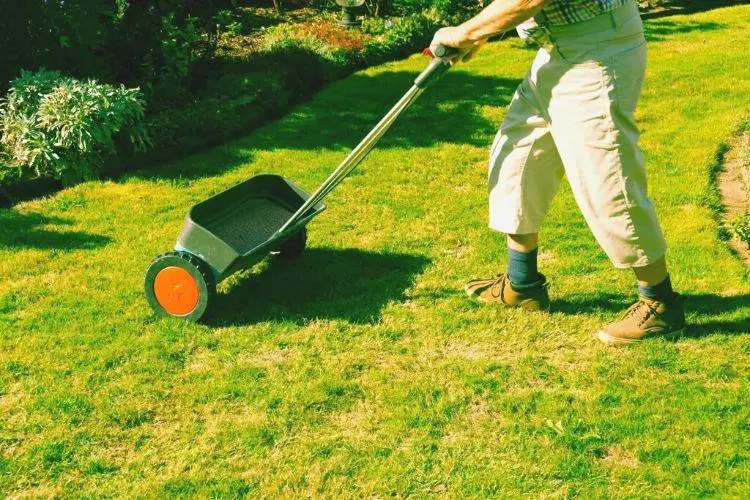
When the lawn is not disturbed during this time, the fertilizer gets absorbed into the ground and roots of the grass.
Can You Walk On Grass After Fertilizing?
Staying off the grass for 24-72 hours after applying the fertilizer is best. However, the duration may change due to different factors, including the type of fertilizer and the weather condition. Liquid fertilizer is absorbed much more quickly in the soil than granules.
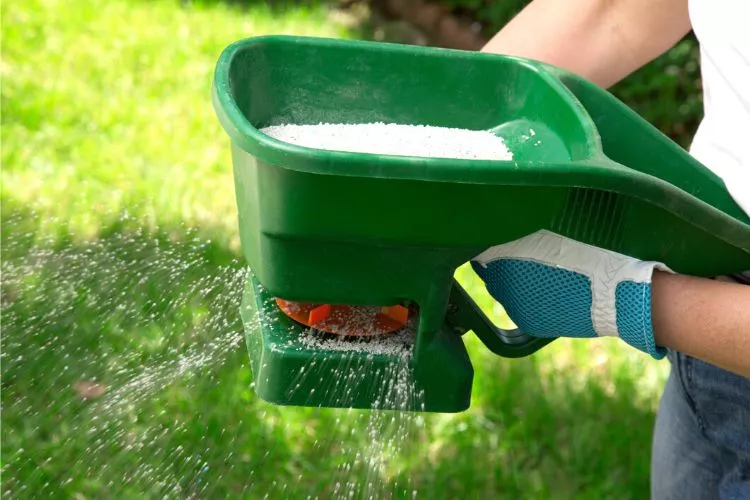
But it’s difficult to determine which fertilizer forms soak completely in the soil. When it comes to weather conditions, fertilizers get absorbed much more quickly. It’s best to avoid fertilizing during a rainy day to avoid a runoff.
Reasons to stay off the lawn after fertilizing
In addition to letting the fertilizer do its work, there are many other reasons to stay away from the lawn for at least 72 hours after fertilization. Check out all the reasons below.
1. Spreading Fertilizer Everywhere
The rain or sprinklers will wash some of the fertilizer you have added to the soil. Now if you walk on this wet fertilized grass, you will be tracking the fertilizer everywhere. Besides, the fertilizer, the old bit of grass clippings, dry leaves, and other debris mixed with the fertilizer will also spread throughout your home.
2. Tracking Grass Clippings
Grass clippings have nitrogen and other nutrients that might be washed in the rain. You don’t want your lawn to be full of these clippings; thus, avoid walking on the lawn and wait for the grass to recover and rejuvenate from the fertilization.
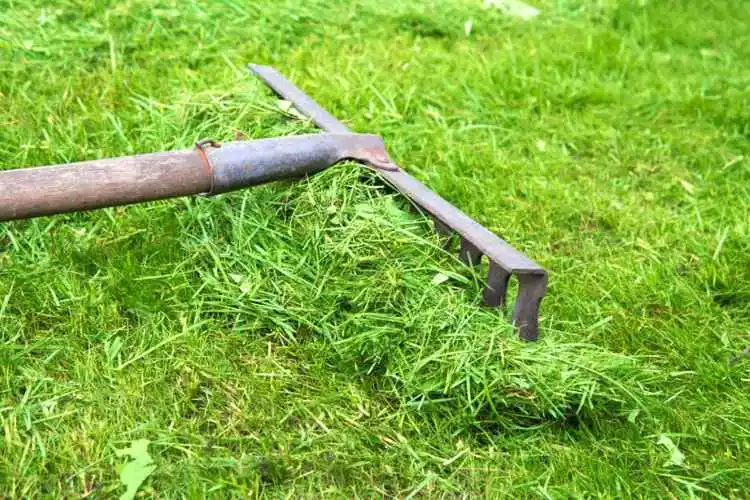
The ground absorbs all fertilizers in small quantities. If your grass clipping spreads, it will create a barrier between the soil and the fertilizer and will not allow the grass to get nourishment. It’s best to deal with the grass clippings while mowing to avoid their later spread.
3. Harmful Chemicals
Your pets and kids will be exposed to harmful chemicals if they start to play and walk on the grass. They might track those harmful chemicals in the home. Besides the chemicals in the fertilizer can contaminate their food and water causing an array of health hazards. If your dog starts licking its paw after walking on recently fertilized grass, it may suffer from nitrogen poisoning.
4. The Law
Walking on newly fertilized grass is illegal in some areas like Fairfax Virginia. The authorities might call you in if your neighbors complain. Besides, if the chemicals slip into your water supply or your pet’s and child’s food, the consequence will be disastrous.
5. Uprooting Nitrogen-Sensitive Grass
Walking across a sod lawn during hot summer days is not advisable. The grass is under pressure at this time of the year due to the heat and lack of water. Walking on such grass might dislodge a mat of roots and damage the grass.
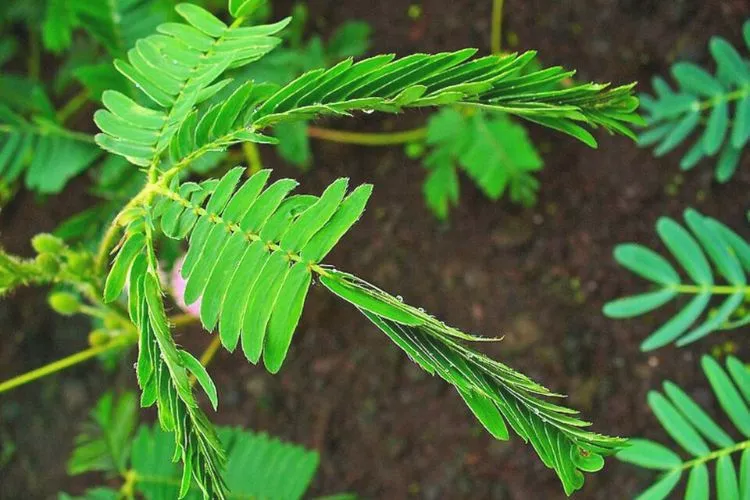
It’s best to do outdoor activities on the lawn in the early morning or late evenings to avoid significant damage to the grass. If you are fertilizing using nitrogen, be very careful about the timing.
It’s best not to apply nitrogen when the temperatures are high. (above 27 degrees Celsius) and showers are not forecasted for the next 24 hours. Nitrogen can lead to grass burns on tissues due to the salt they contain. The risk is high if the fertilizer was recently applied.
How To Deal With Grass Burn?
The best way to fix fertilizer burn on grass is by watering the lawn thoroughly. However, avoid overwatering. The grass mostly takes 7-14 days to recover from the burn. However, if it has been badly damaged, it may not recover.
How To Fertilize Your Lawn Safely?
To fertilize your lawn safely, it’s important to read your fertilizer label carefully. The label should have proper instructions about the whole process and also provide recommended safety methods.
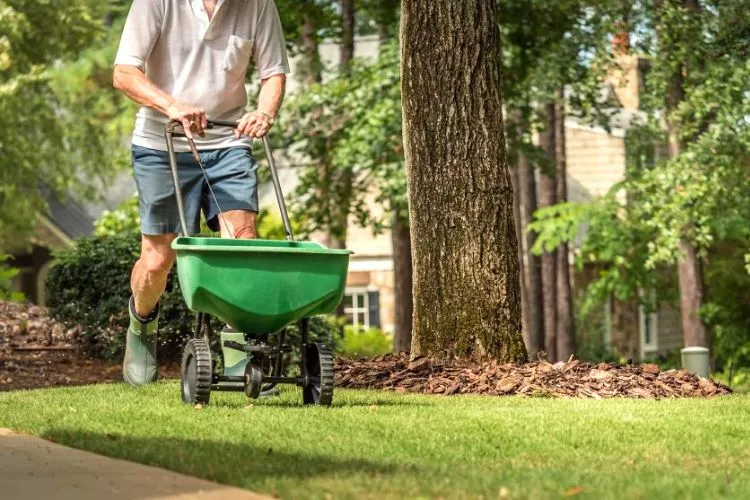
It’s advisable to follow the directions mentioned in the label to the core to avoid any mishaps. Make sure you’re not overstepping the prescribed amount to fertilize your lawn, otherwise it might lead to lawn burn.
A chemically burnt lawn has a yellowish-brown appearance due to overfertilization. Organic fertilizers can also cause grass burn and are equally unsafe for kids and pets.
Post-Fertilization Care
Before doing anything, grab the fertilizer bags, seal them properly, and keep them away from kids and pets. Make sure you clean your driveway and patio and ensure no fertilizer remains on them.
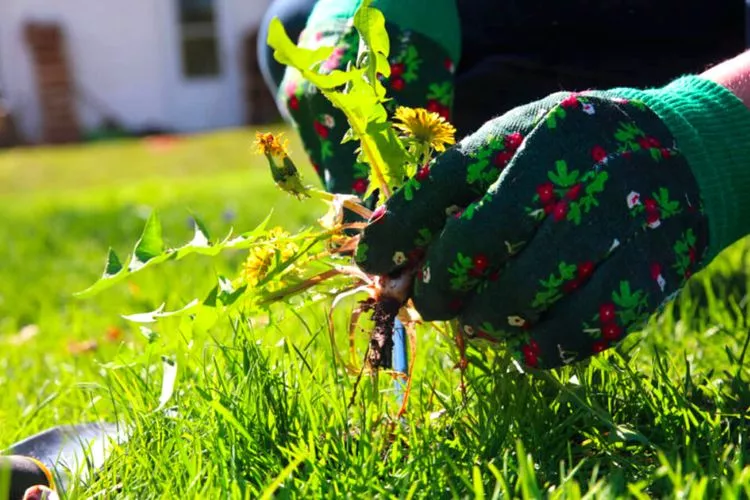
Water The Lawn
It’s best to wait 24 hours after fertilization to water your lawn. After that, do a proper twenty-minute irrigation session to help break down and activate the fertilizer for your grass.
It’s best to fertilize your lawn when there is no rain forecast in the next two days. However, ensure the lawn is thoroughly watered 24-48 hours before fertilizing.
Mow The Lawn
It’s advisable to mow the lawn at night after fertilization so the fertilizer can do its job well. This will make your lawn great after the whole process is complete.

It’s advisable to wait for 24-48 hours after fertilization to mow the lawn, this will allow the nutrients to be absorbed properly. Mowing the land right after fertilization especially using a lawnmower will dislodge some fertilizer.
Post-Fertilization Safety
Observing some safety rules after fertilizing your lawn for your and your family’s safety is best. Besides, post fertilization care is essential to keep your lawn well-maintained and healthy to withstand wear, tear, and seasonal changes.
The pointers below will help you stay safe while adding string chemicals to your grass.
Stay Away From The Lawn
As known, the grass will absorb a lot of nutrients right after fertilization. Thus kids and pets should stay away from the lawn for the next 72 hours after fertilization so that they don’t ingest any fertilizer traces that might be on their hands and feet.
While some of the chemicals used in fertilizers are not absorbed by the skin directly, it’s best to avoid unnecessary risks.
Clean Up The Patio And Sidewalk
Any fertilizer that may have gotten on the patio or driveway must be cleaned right away. It’s best to use a broom and dustpan to sweep away any remains and then grab a towel to clean the area. You can use neutralizing products to clean the fertilizer from concrete surfaces.
You May Also Find Useful: Should You Water The Lawn After Applying Fungicide?
Conclusion:
Staying off fertilized grass for 24-72 hours is best after the process. The safety instructions before fertilizing the lawn are as important as the follow-up safety process. If you were wondering can you walk on grass after fertilizing or not, I hope I have been able to clear your confusion.
